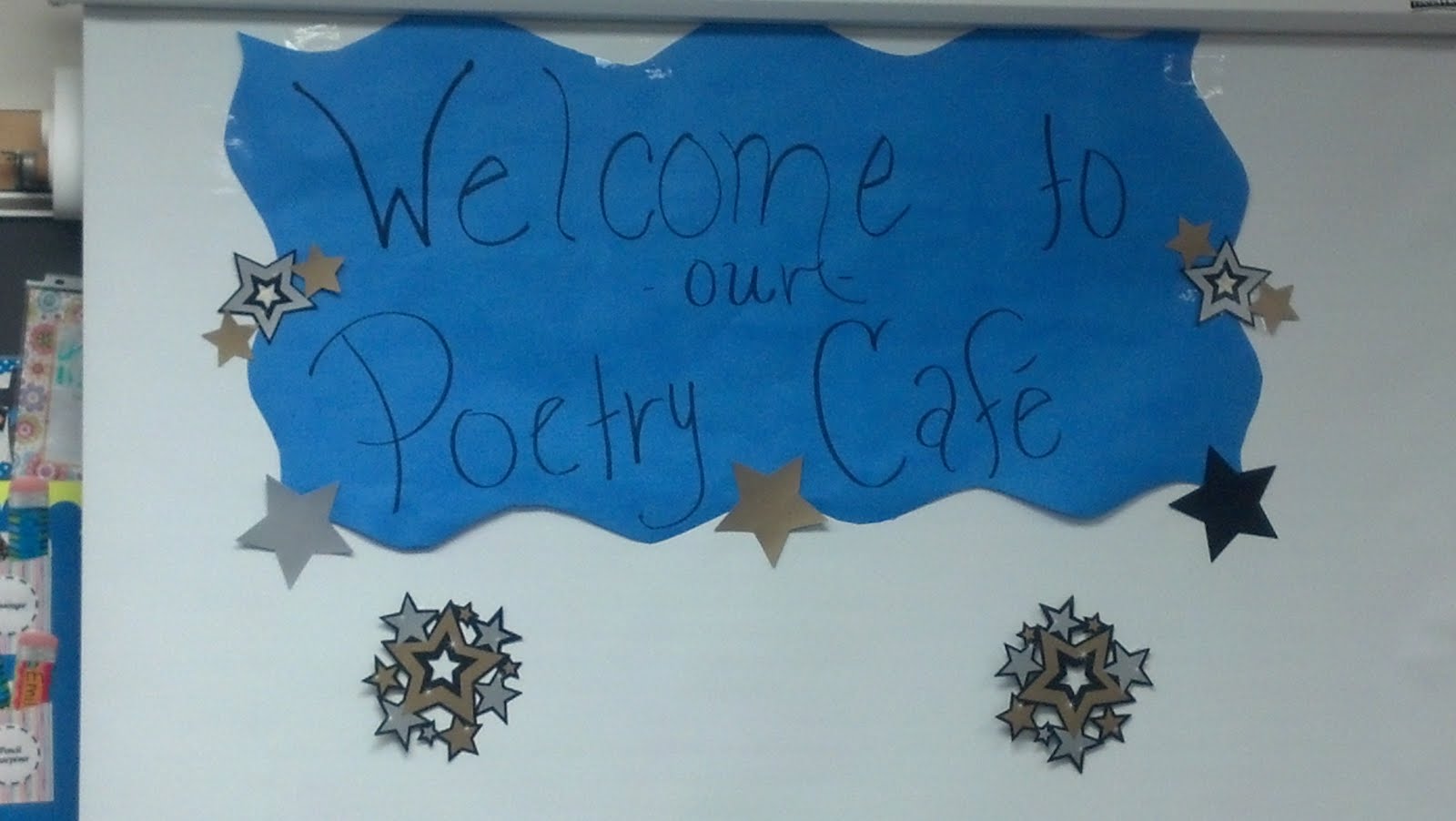I'm so excited about Poetry Friday today.
Author/illustrator
Christy Hale is visiting! I met
Christy at a regional
SCBWI conference this spring. As a poet who writes about art, I was fascinated with her book
The East West House: Noguchi's Childhood in Japan, about the early life of sculptor
Isamu Noguchi.
Christy and I began a discussion about the similarities between poetry and art. I'm thrilled to be continuing that conversation and sharing it with the Poetry Friday gang.
Thanks for being here,
Christy. Did you read poetry as a child? What were some favorites?
As a big sister, it was my job to read to my little brothers every night before bedtime. I memorized countless Mother Goose rhymes and poems by Robert Louis Stevenson, Edward Lear, Christina Rossetti and many other children's poets. I still know many of these poems by heart.
I love the phrase "by heart" which speaks both of the pulse of poetry as well as the place we receive those rhythms -- deep in the heart.
It's funny you mentioned that phrase. My 10-year-old just memorized the poem "
Jabberwocky" and was asking why we say "I know that poem by heart."
Your book The East West House:
Noguchi's Childhood in Japan (Lee & Low, 2009) has been called lyrical, even though it's not, strictly, poetry. Why was it important that the story of the artist's early life have a poetic feel?
Isamu Noguchi was the son of a Japanese poet. Yonejiro Noguchi met Leonie Gilmour, a Scotch-Irish American editor and teacher in New York. She helped Yone publish his poems in English.
The two worked well together and a romance developed. They never married, and Yone returned to Japan in the spring of 1904, even though Leonie was expecting their child. They continued to correspond, and Leonie and baby journeyed to Japan to join Yone in March of 1907. This is where my story begins.
Isamu's early childhood was spent in Japan, exploring temples and gardens, encountering art everywhere, as part of his everyday environment. Isamu developed a love of natural materials, simplicity in form, tools and craftsmanship.
Those sound like qualities shared by many poets.
In his early twenties, after completing a traditional academic sculptural training in New York City, Isamu Noguchi visited a gallery and saw "Bird in Space" by Constantin Brancusi.
An elegant ellipse suggested a bird in flight. The elimination of details and the distillation of form to essence seemed like Japanese poetry to Noguchi. The encounter triggered his conversion to abstraction.
He then applied for a Guggenheim Fellowship and stated his goal as interpreting the East to the West through sculpture, as his poet father had done with words.
Noguchi's sculpture is visual poetry inspired by his heritage, youth in Japan, and modernism.
I chose spare, lyrical language because I wanted to leave space for the reader to participate.
In high school and college I took all the art history classes available. My tastes evolved from a preference for realism (where more is presented and less is required from the viewer) to an appreciation of abstraction (where the viewer has to work harder and engage more fully to understand the work). Poetry seems like abstraction. The reader is active in a different way than when reading prose.
I've never heard abstract art explained in terms of what the viewer brings. That makes so much sense!
Christy, I love the page in
East West House that reads, "Now father had another family. His home was not their harbor. Outside, a bamboo flute cried through barren trees and a chilly wind scattered leaves."
You don't explain the image of the flute, but trust young readers to sense
Isamu's loneliness. Why?
Thank you. While researching, I discovered Yone Noguchi wrote an article for The Nation about Isamu's arrival in Japan. He described a bamboo flute playing on the street the first night. This lonely, shrill sound actually was part of young Isamu's experience.
Many years later, in his autobiography, Isamu wrote, "My earliest recollections are of a house in Tokyo where we arrived, myself aged two, from America, my mother a stranger. The house belonged to my father... In the garden were two large cherry trees, and surrounding it was a high bamboo fence... The cherry blossoms came and then the wind that scattered them over the ground, so sadly."
Wafting notes and drifting leaves evoked transience for me, as I hoped they would for my young readers.
I think this is where I come closest to haiku (in content anyway). Leonie and Isamu's lives become those of wandering outsider, gaijin, when they realized that Yone had another new family. After their long sea voyage, they still could not harbor.
Those lines did remind me of haiku. The imagery itself evokes the emotion.
I'll post the rest of my conversation with
Christy Hale later today. She'll tell us about illustrating a collection of May
Swenson's poetry, and about her latest children's book. Meanwhile, check out her website:
www.christyhale.com.
Poetry Friday is hosted by
Kelly at
the Cazzy Files today. She's sharing light-gathering poems -- perfect to welcome the summer months.
















